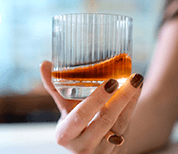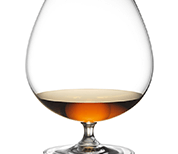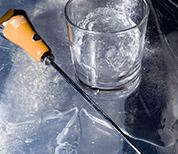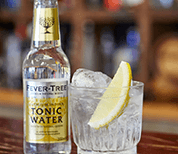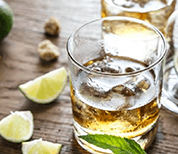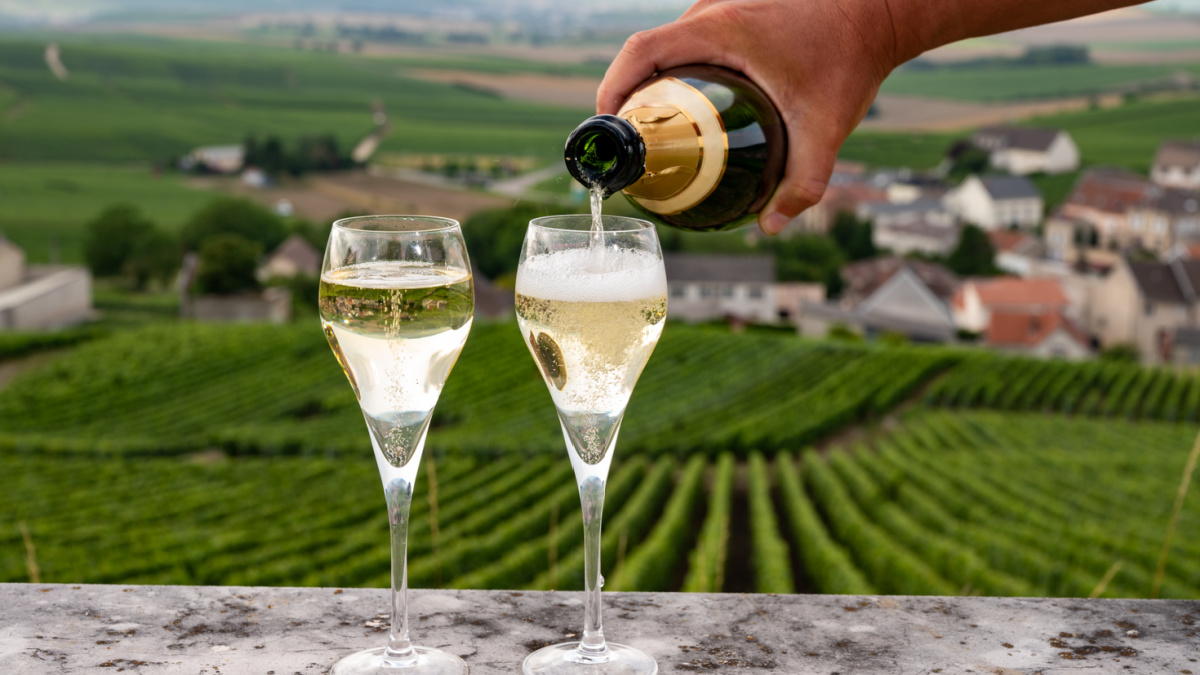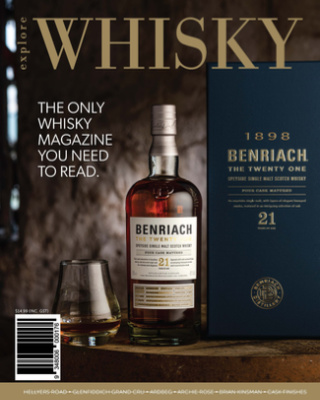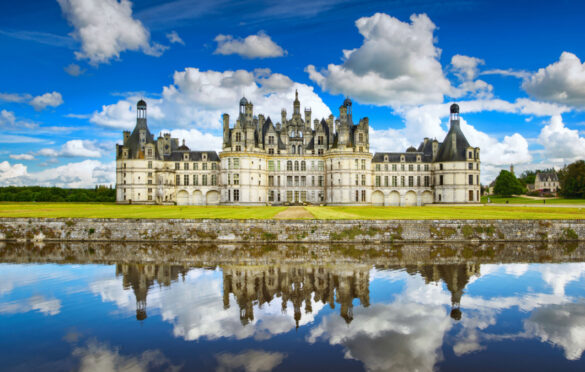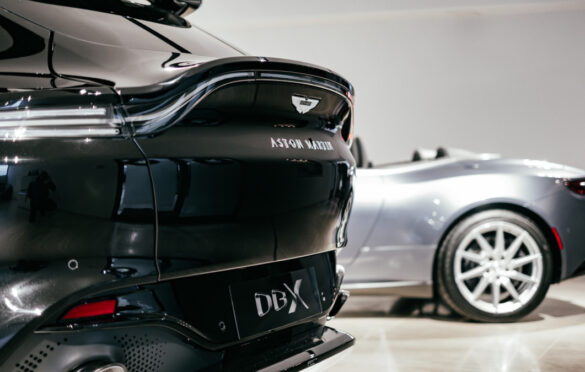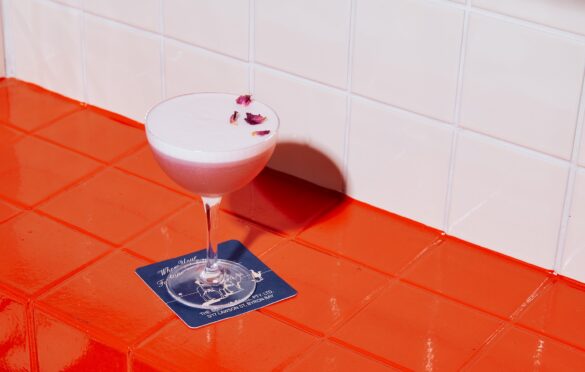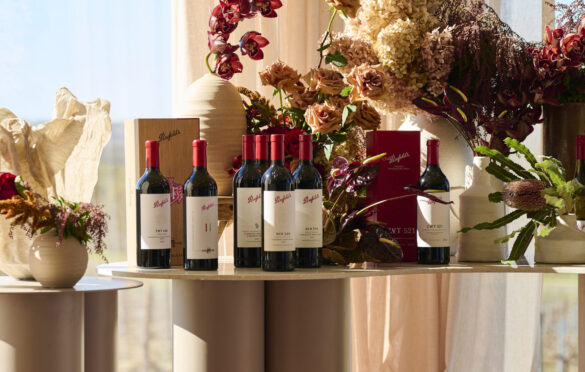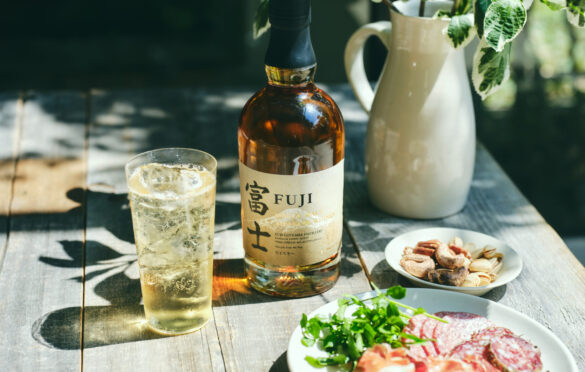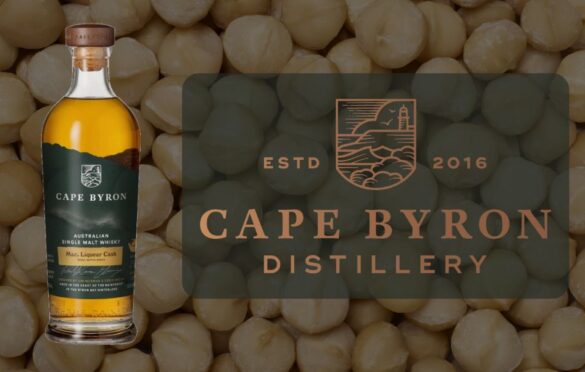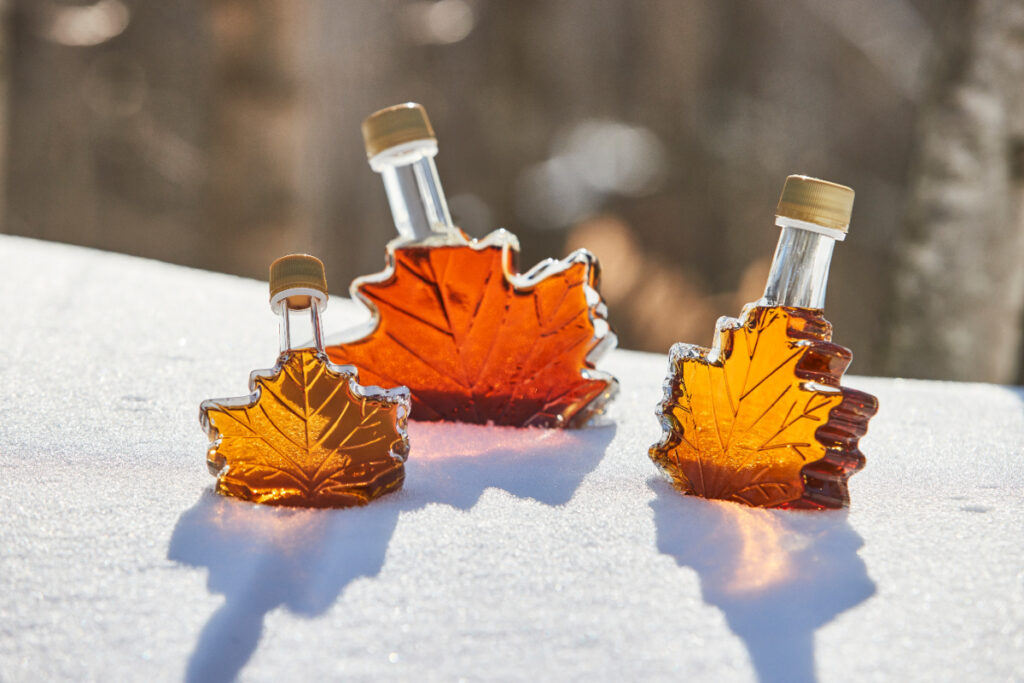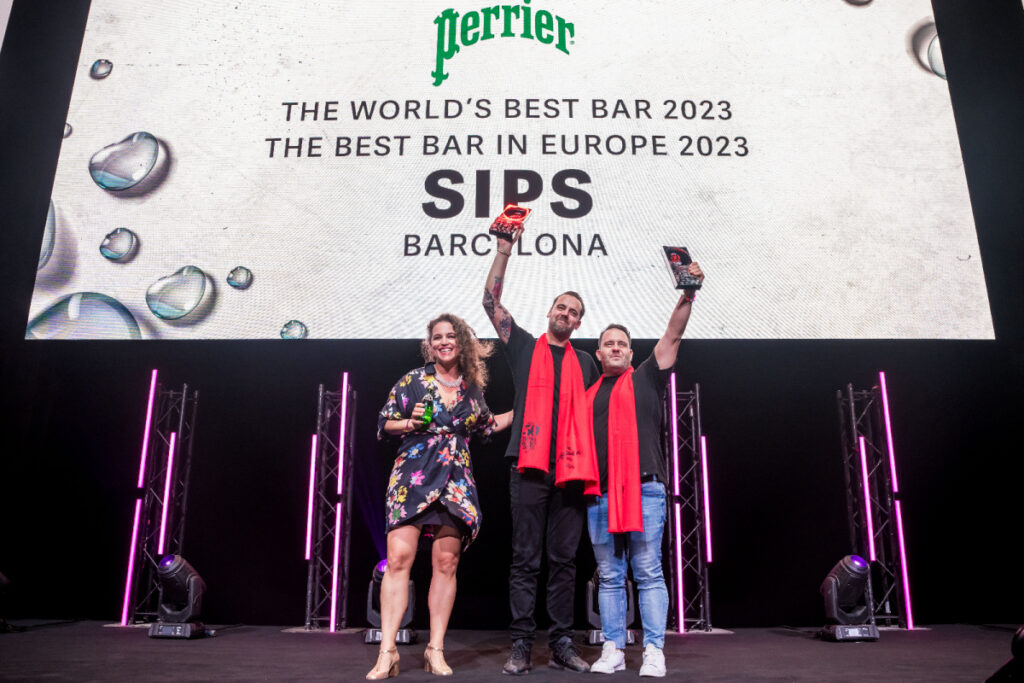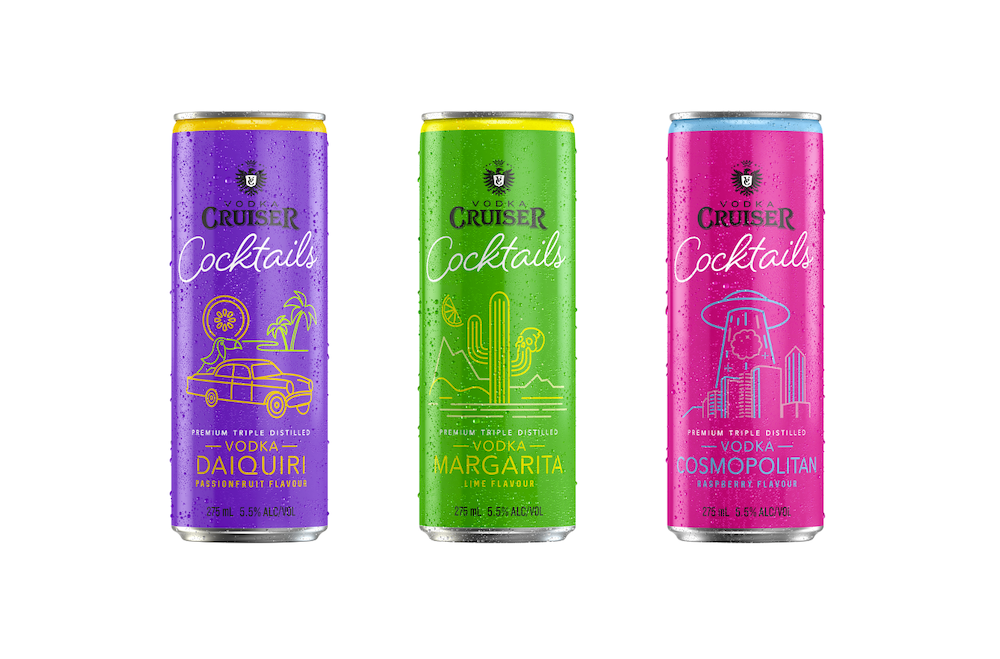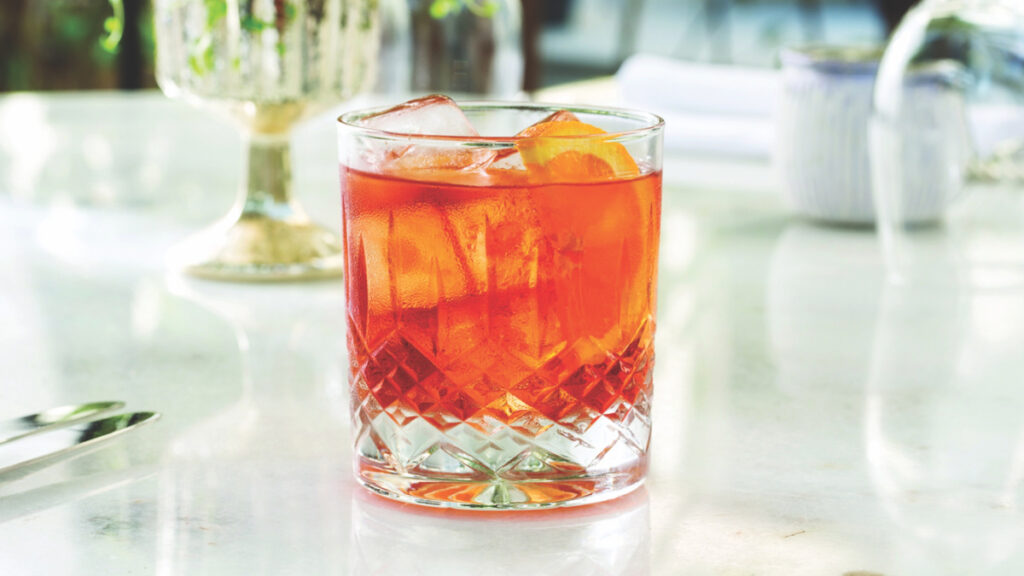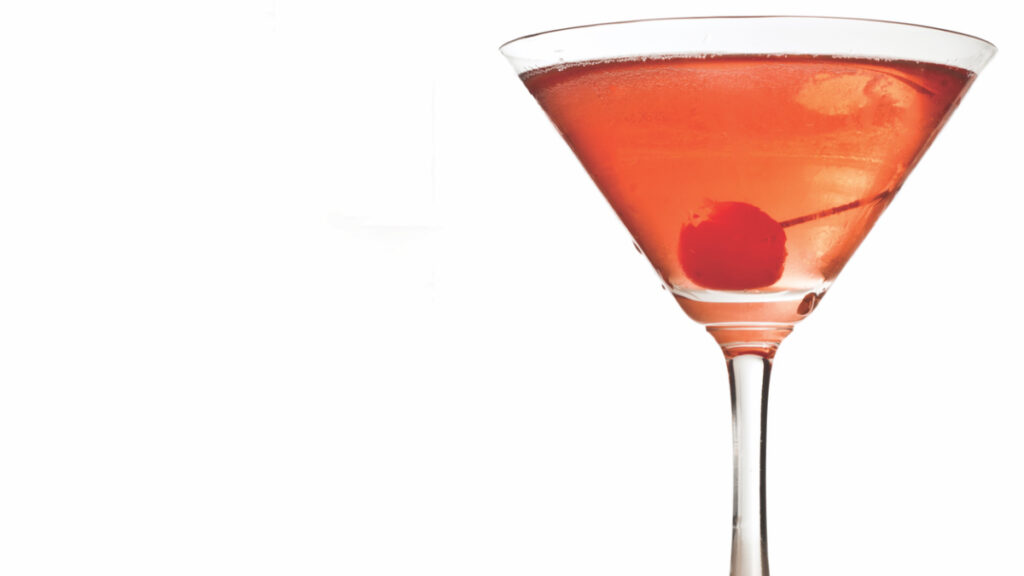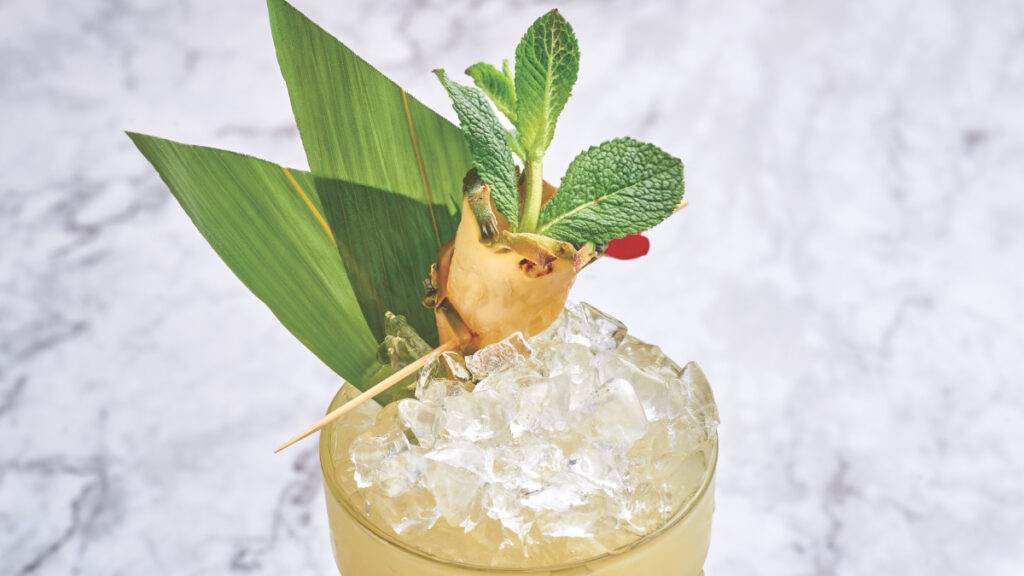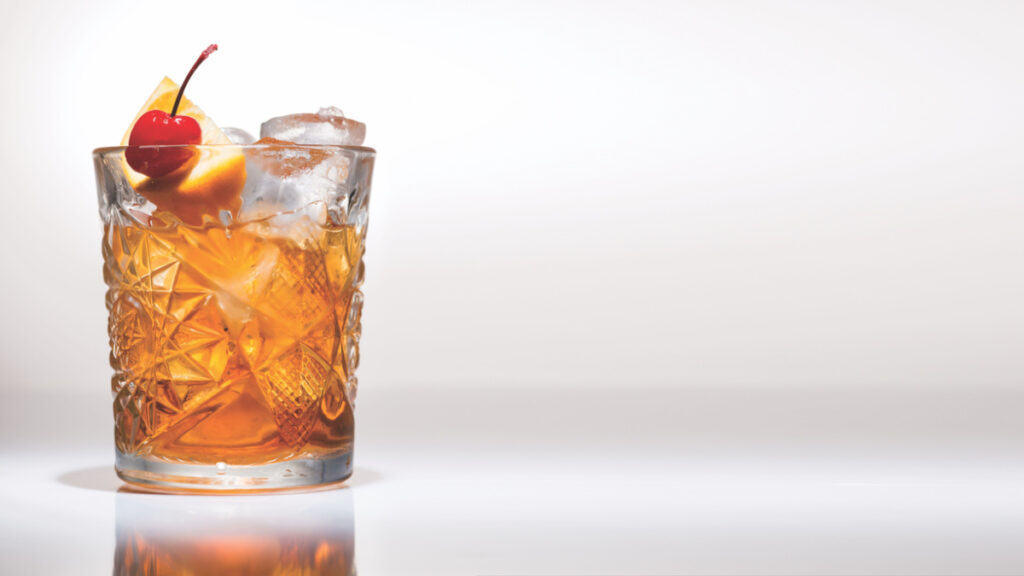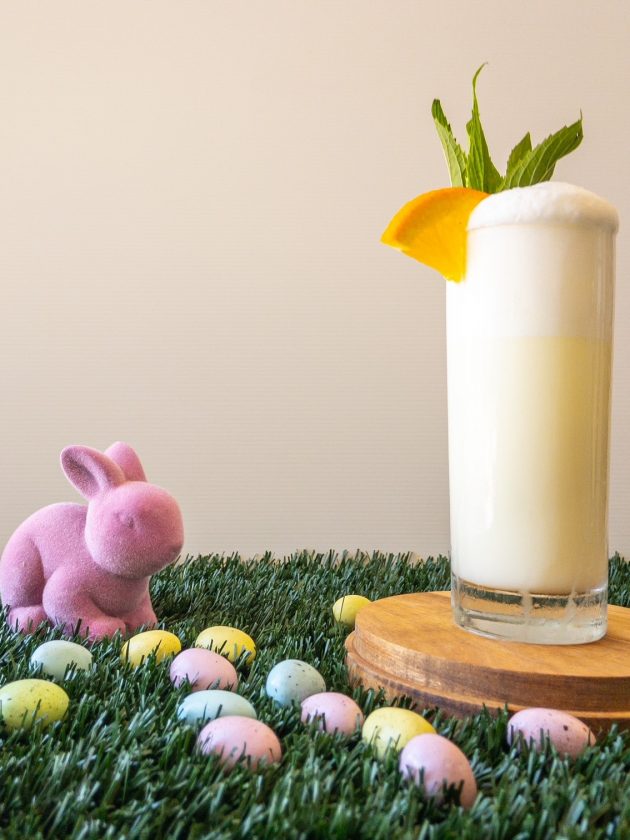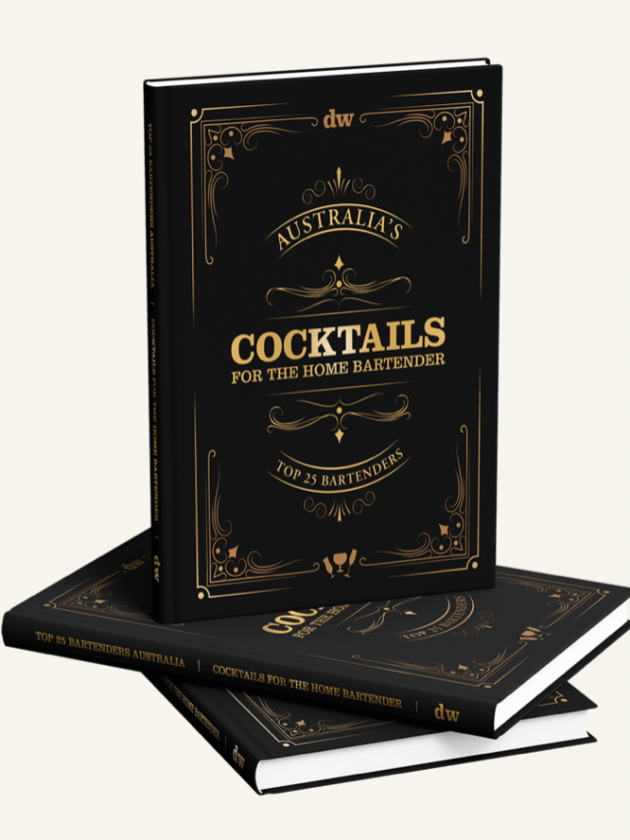- (+61) 2 9492 – 7999
- info@hipmedia.com.au
- Mon - Fri: 9:00 - 18:30
Tasting can be as simple as enjoying a glass with friends or family, sharing a celebration such as a wedding or festival, or it can be as serious and as much of an intellectual exercise as those participating wish. Whatever the occasion or event, there are ways to ensure one gets the most from the glass in your hand.
As with all wine tasting, it comes down to eye, nose and taste.
To begin, the ‘eyes’ have it. Champagne should be clear – yellow/green/gold – with a bead, but older vintages can be much darker. There should be no sediment or cloudiness and if the wine is dull, questions should be asked. Extremely old vintages may have barely a bubble and some may even appear flat to the eye, though may still offer a little tingle on the palate, but these are rare. Rosé champagne will range from the barest pale-pink tinge to an almost neon, incandescent pink-purple. Blanc de Noirs is likely to have a deeper, bronze-gold hue, while a young Blanc de Blancs will be near gin-clear.
Check the bead and mousse of the Champagne. Tiny bubbles tend to indicate quality, while big frogs’ eye-like bubbles are indicative of much cheaper sparkling. There are suggestions that Chardonnay dominant wines have smaller bubbles than others. In the mouth, the mousse should feel lively and persistent (an exception might be made for older Champagnes) with tiny bubbles.
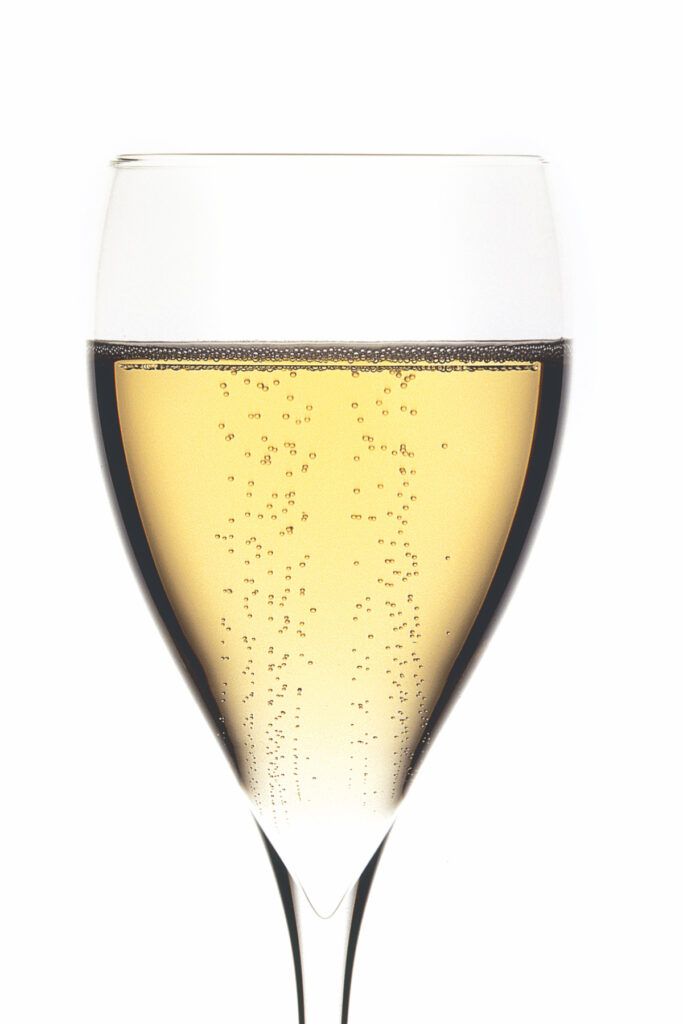
When smelling the bouquet of Champagne, it becomes clear why a suitable glass, which helps to trap and direct the fragrances and allows for a gentle swirl to release the myriad of aromas previously trapped within the wine, is necessary. Both taste and smell are personal attributes, which will differ from individual to individual. Also, the level of each person’s expertise and experience will contribute to what one can take from every sniff and sip.
After it is poured, give the champagne a moment in the glass before sticking your nose in it. That immediate release of the effect of the carbonation can be a little like a punch in the nose. A few seconds is more than enough.
The initial sniff should provide further clues as to whether the Champagne is a fresh, young wine or a mature, aged and complex offering. Older Champagnes often have a wonderful truffly, toasty character, often attributed to autolysis. Whatever the wine might reveal, it is always worth taking a moment to enjoy it. Far too often, drinkers will take their glass and start quaffing it, missing so much of the glory that is before them.
There is a school of thought that if you must favour a nostril, and some do, make it your right nostril. The left hemisphere of your brain is considered to be the important side when assessing aromas and fragrances. The receptor signals from the nostrils cross on their way to the brain, hence your right nostril is the key to improved smelling.
Moving to tasting, don’t just sip and swallow. Swirl the wine around in your mouth and take in some air to help open it up. This will assist in revealing so much of what the Champagne in your glass has to offer.
Then we come to questions of flavours, style, structure, complexity, balance and length. All of these should be answered by nosing and tasting the wine. Levels of sweetness and acidity are detected on the tongue. Are there any faults in the wine – although things are better than they were, there are still too many bottles of champagne affected by cork taint. How much fruit is there – less and less as the wine ages. What is its potential?
There are endless questions and answers to be found in every sip. The most important question is very simple; do you like it?
From there, if you are half serious about appreciating your Champagne as much as you can, take some notice of the styles and the Houses that you really enjoy. Champagnes differ far more than most realise and House styles can be chalk and cheese.
A few other things to remember. If you are tasting with food, and the ideal situation is to enjoy your Champagne with friends, family and a good meal, the food will impact on the taste. It is extraordinary to conduct tastings where participants taste Champagnes on their own, and rate them. Then, they are served with various foods. The results can vary widely, with some showing far better and others seemingly diminished.
If you have a cold, your tasting ability is adversely affected. Make sure that no one is wearing heavy perfume or cologne (and that can be a touchy subject to raise, but it does make a difference). Smokers think they are doing everyone a favour, ducking outside for a quick cigarette before returning to the tasting. While it is certainly a better option than lighting up mid-tasting, and we’ve seen that on occasion, they don’t seem to understand that as they return inside, they bring with them the smell of stale smoke and ash.
Don’t be afraid to scribble down a few notes when tasting. There is a time and a place, of course, and sometimes it will not be possible, but it does help. You might think you’ll remember which Champagne you preferred and what it tasted like, but you’d be surprised how difficult that can be the next day, especially if there are a few bottles.
All of the above usually comes down to a little common sense, but it all helps you to enjoy your Champagne that little bit more. ❧

